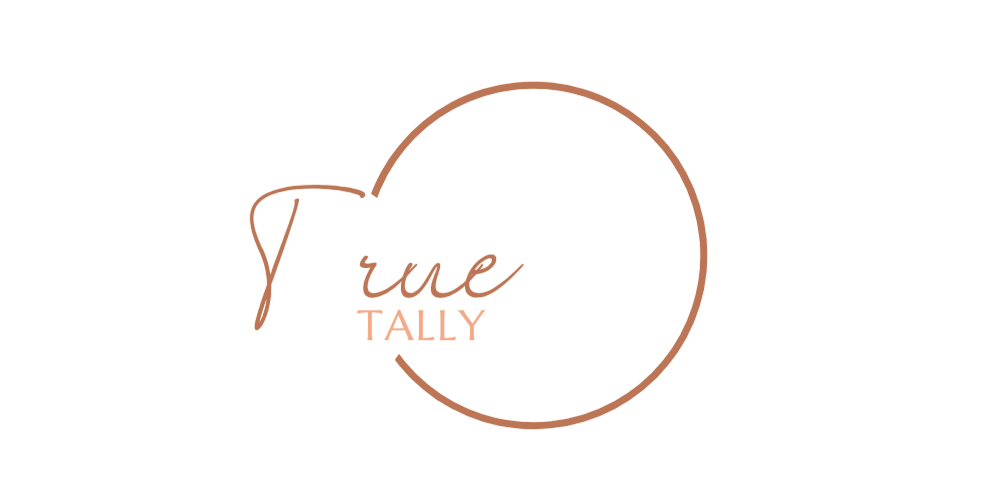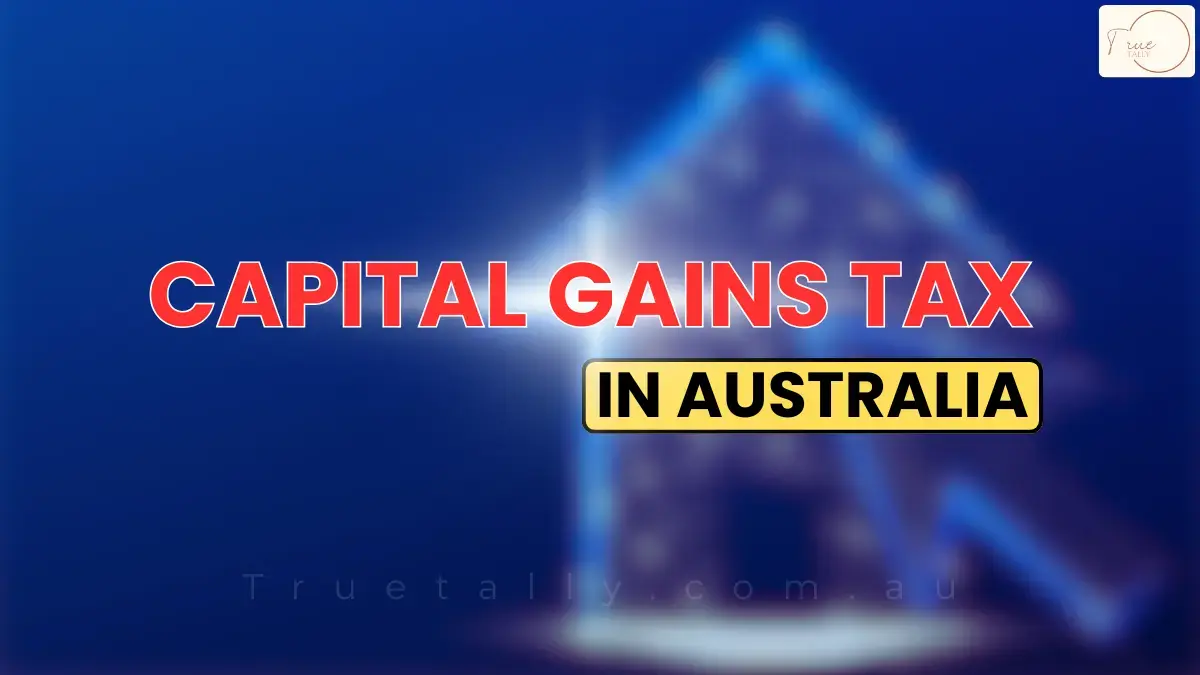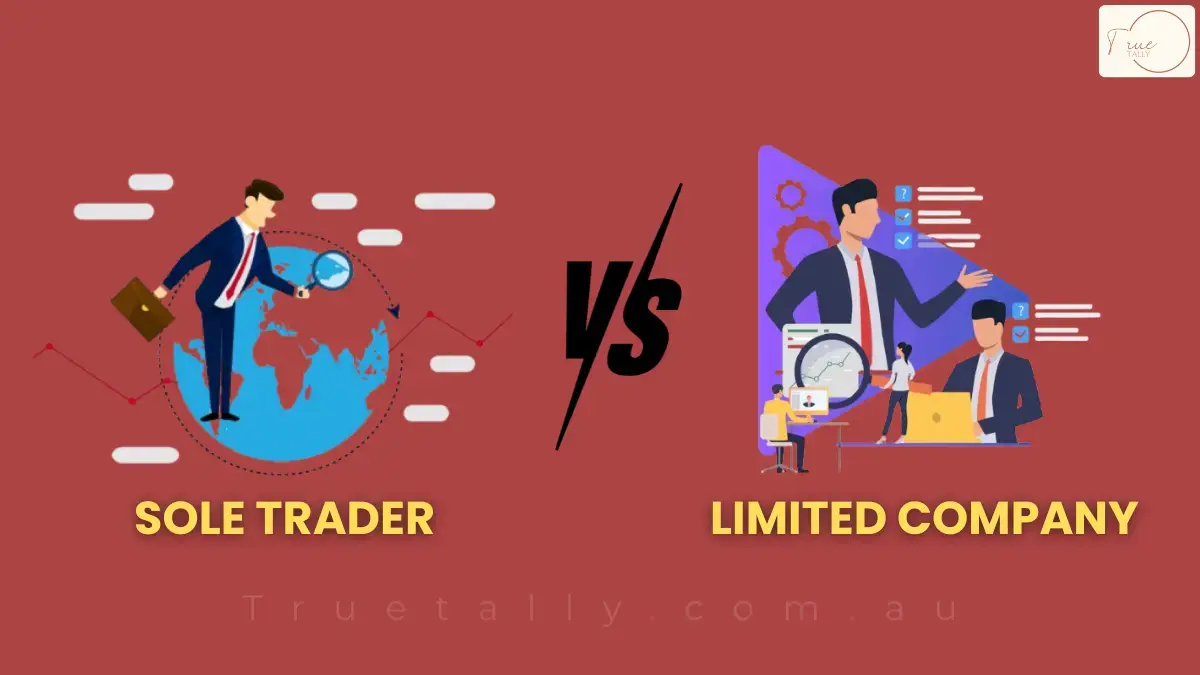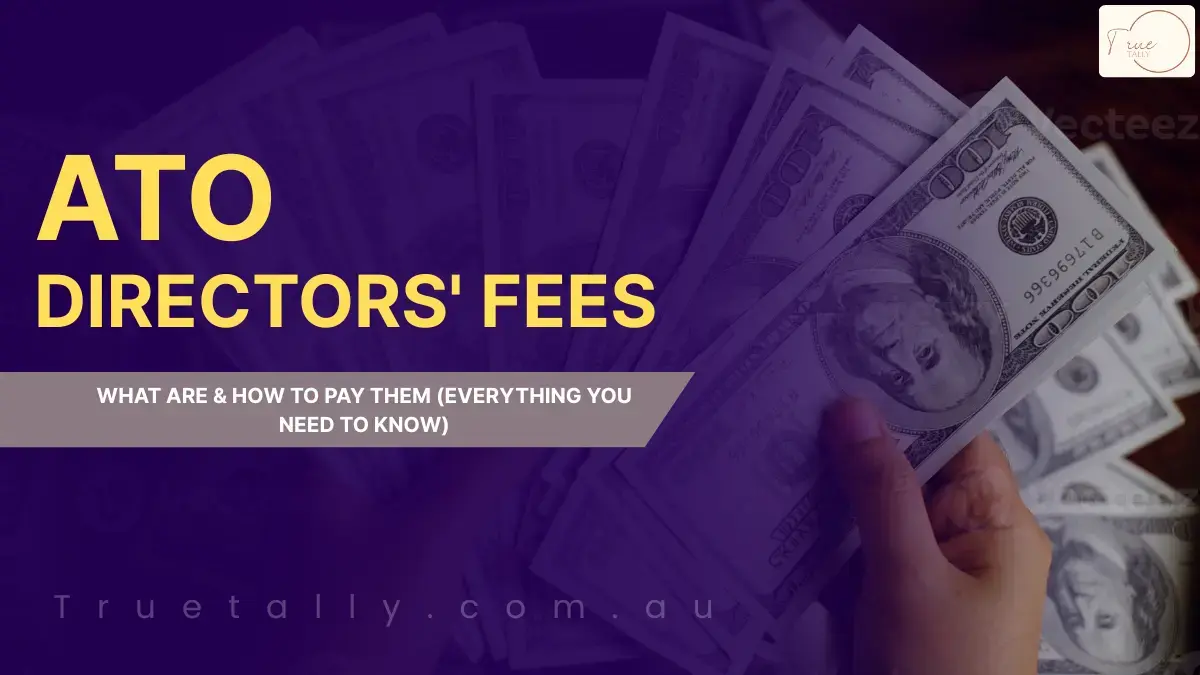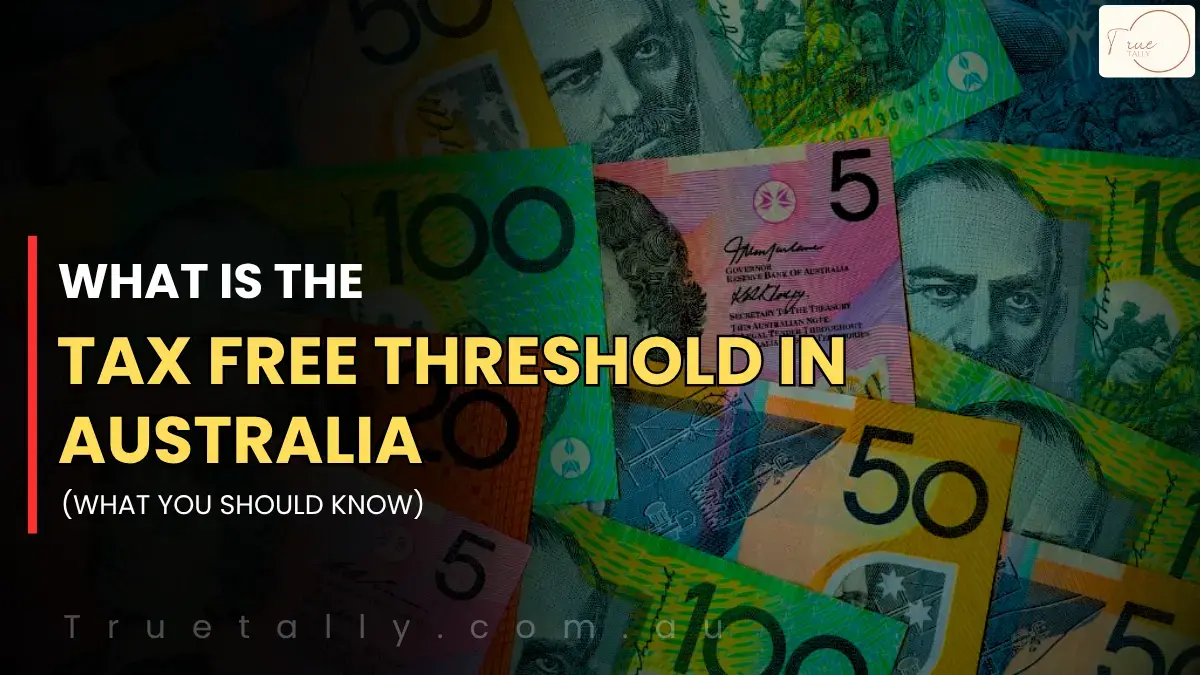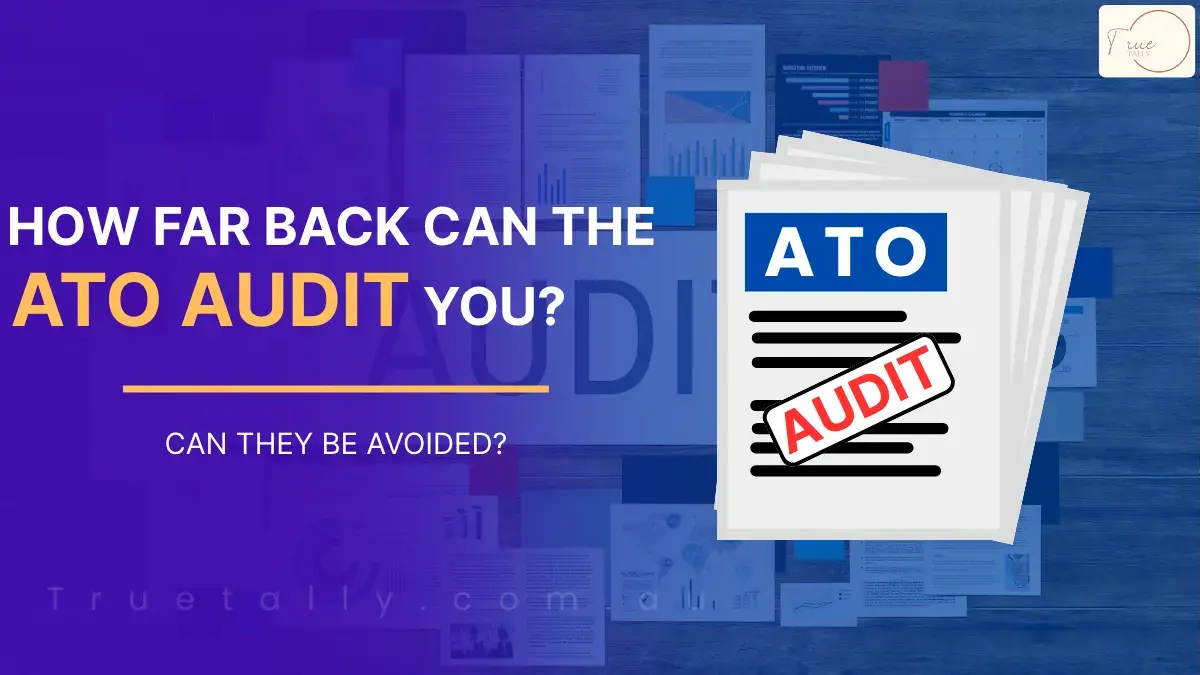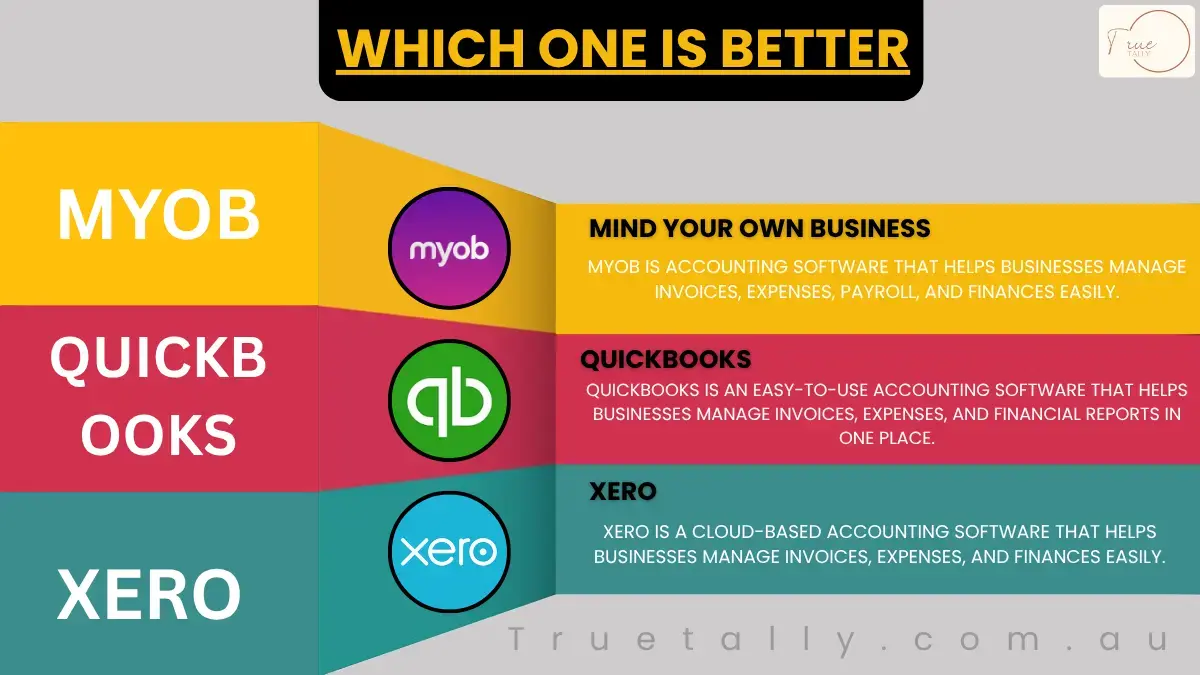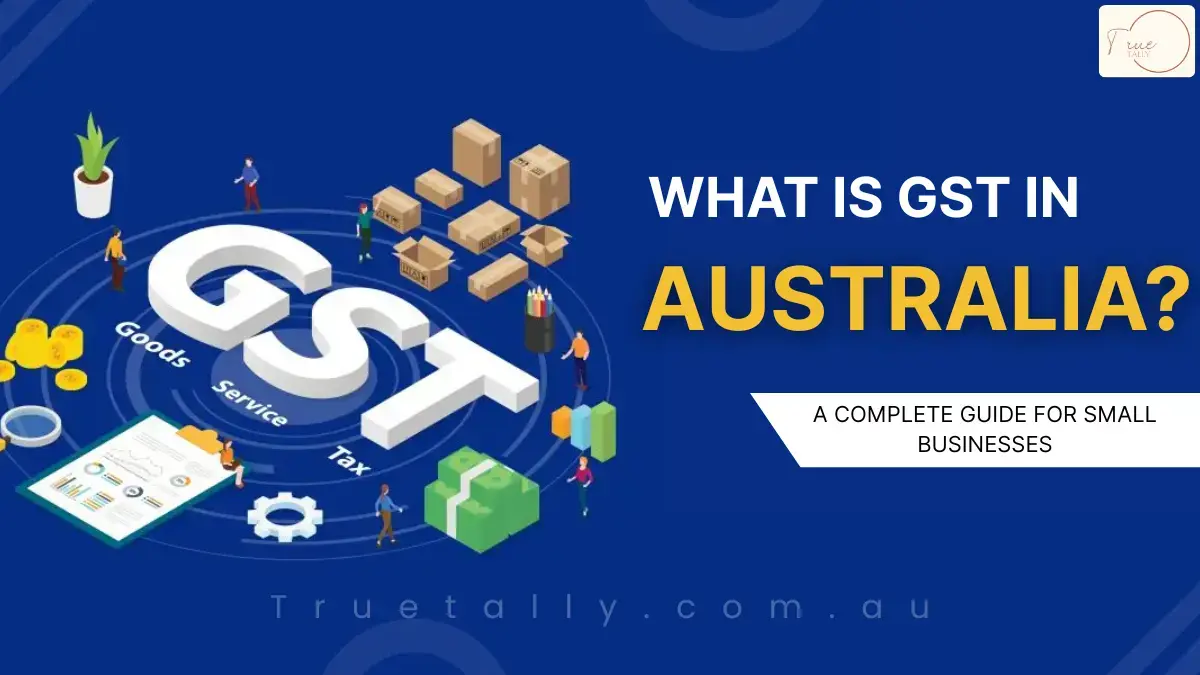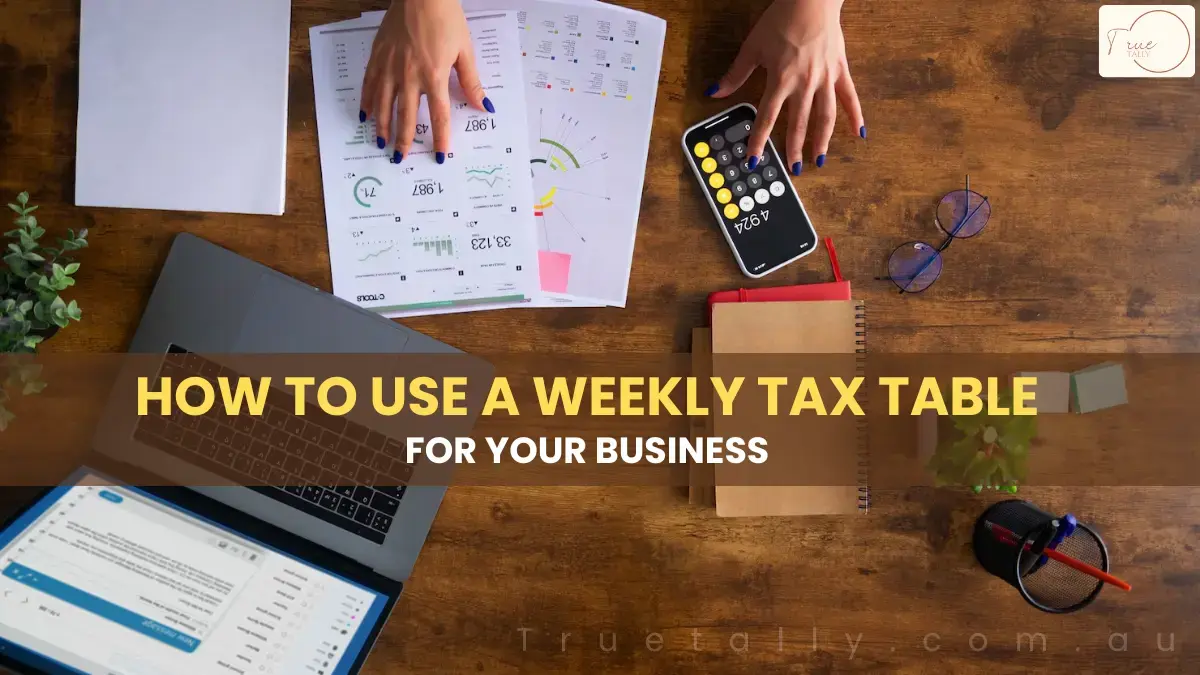Capital Gains Tax in Australia: How To Calculate Capital Gains Tax
Capital gains tax (CGT) applies to the profit you make from the sale or disposal of property. Any sale or disposal of property can trigger what is known as a CGT event. If you sell a property for more than your purchase price, the difference is your capital gain, and this amount is subject to tax. At the end of the financial year, you can use this guide to help you prepare your tax return or to have an informed discussion with a tax advisor. We strongly recommend seeking professional guidance for your individual tax situation. CGT Property Not all property is subject to capital gains tax. The most common exemption is a family home. The Australian Taxation Office (ATO) maintains a list of properties that are subject to and exempt from CGT. Common examples of properties that can give rise to capital gains or losses include: Investment properties Shares Collectibles What Are Capital Gains And CGT? Capital gains are profits made on the sale of investments. For example, if you buy an investment property for $450,000 and sell it five years later for $520,000, your capital gain would be $70,000. The property you live in is usually exempt from CGT, as it is not considered an investment. Capital gains tax is a tax paid on profits from investments. It is important to note that CGT is not a separate tax. Instead, any capital gains are included in your regular income tax. These gains are added to your assessable income in the year you sell the property, just like the property. This means that your capital gains are taxed at your marginal tax rate, rather than a separate CGT rate. How Much Is Your Capital Gains Tax? Many factors affect your remaining CGT, including the length of ownership, your marginal tax rate and whether the transaction results in a profit. To calculate capital gains or losses, subtract the original purchase price and associated costs – such as stamp duty, conveyancing fees, valuation reports and building inspections – from the sale price. The result is your capital gain or loss. Length of ownership is important because if you have held the property for more than 12 months, you are eligible for a 50% CGT discount. If you have owned the property for less than 12 months, you pay full CGT on any gains. The Australian Taxation Office (ATO) levies this tax. It is advisable to consult an accountant to estimate your capital gains tax before selling an investment property. How Is The Capital Gains Tax Rate Calculated? CGT is triggered by a CGT ‘occurrence’. This usually happens when you sell an asset, but can also happen if the asset is gifted, destroyed, lost, or when you cease to be an Australian resident. CGT applies by taxing the increase in value from the time you acquired or created the asset. Capital gains are calculated in the year in which the contract for the sale of the asset is signed. If there is no contract, it is determined from the date the asset changes ownership. The taxable amount changes, but the resulting capital gain is included in your income and taxed at your applicable marginal rate. This additional amount to your assessable income is called the ‘net capital gain’. Your capital gain is calculated as follows: Step 1 Subtract the cost basis from the sale proceeds. The cost basis includes the purchase price of the property, any costs involved in buying or selling it and other incidental expenses. This gives the total capital gain. Step 2 Deduct any eligible capital losses. Step 3 Apply any applicable discounts. Resident individuals can claim a 50% discount, while superannuation fund holders get a 33 1/3% discount. The property must have been held for more than 12 months to qualify. Companies are not eligible for this discount. Step 4 The resulting figure after deductions and discounts is your net capital gain. Key Points The capital gains tax calculator helps you estimate the CGT liability for a property sold by taking into account the purchase cost, sale proceeds and taxable income. The CGT payable depends on the period of ownership, the type of entity and your marginal tax rate. You can manage CGT through exemptions, concessions or strategic planning, particularly for primary residences, but accurate record-keeping is essential. Given the complexity of the CGT rules, it is highly recommended to seek advice from a qualified tax professional. Further Reading: Sole Trader vs Limited Company in Australia: Key Differences & Which Is Better Frequently Asked Questions Q1. How much CGT will I pay? The CGT you pay depends on your property, your marginal tax rate and how much capital loss you can claim. Your marginal tax rate is important because it is the capital gains that are added to your assessable income in the financial year. Holding a property for more than 12 months allows eligible individuals to claim a 50% discount on capital gains. Q2. What is a CGT event? A CGT event occurs when you sell or transfer an asset, such as shares or investment property. It marks the point at which you make a capital gain or capital loss. Other events include the distribution of capital gains from managed funds. More details are available on the ATO website. Q3. What happens if I make a capital loss? A capital loss occurs when you sell an asset for less than its cost. You can only offset a capital loss against other capital gains; it cannot reduce tax on other types of income. Excess capital losses can usually be carried forward to offset gains in future years.
